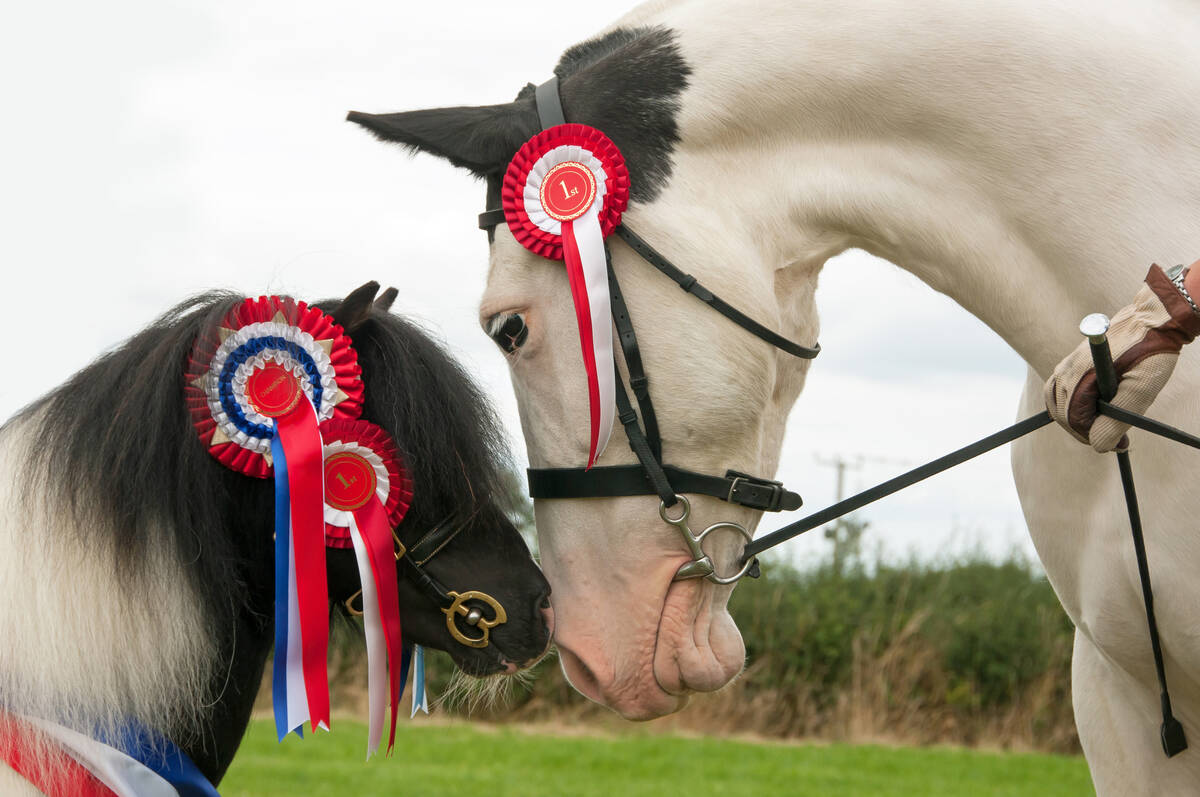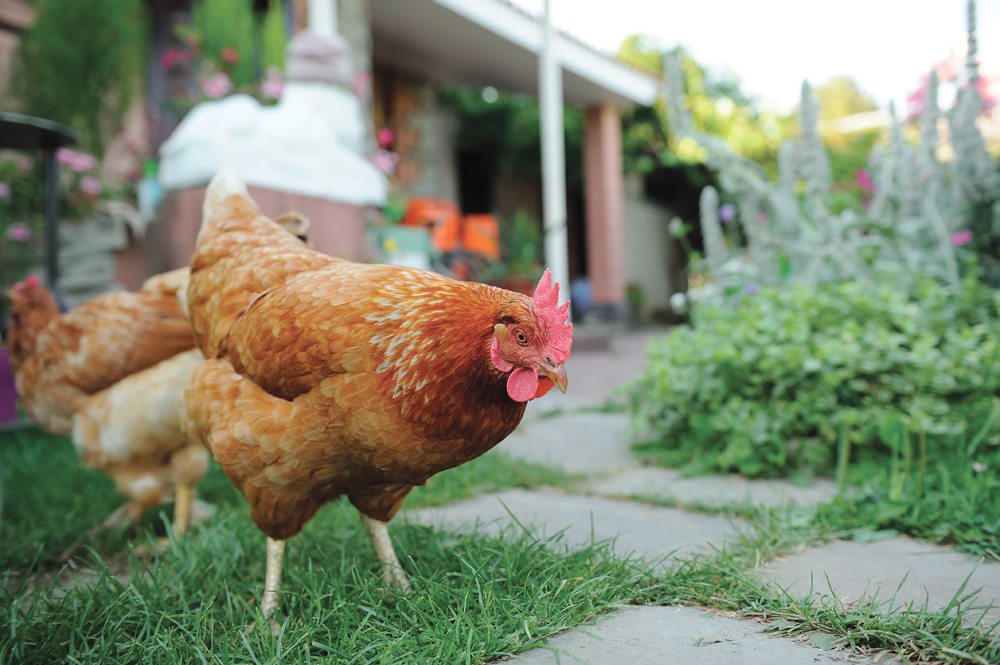In the realm of avian research, the chicks with the glow-in-the-dark beaks and feet might one day rock the poultry world.
British scientists say they have genetically modified chickens in a bid to block bird flu and that early experiments show promise for fighting off the disease that has devastated the U.S. poultry and egg industries.
Their research, which has been backed by the U.K. government and top chicken companies, could potentially prevent repeats of this year’s wipeout: 48 million chickens and turkeys killed because of the disease since December in the United States alone.
Read Also

Linebreeding horses drives genetic bottlenecks
Too much linebreeding and prioritizing pedigree can narrow genetic diversity and lead to horse health problems in future generations.
But these promising chickens Ѡinjected with a fluorescent protein to distinguish them from normal birds in experiments Ѡwon’t likely gatecrash their way into poultry production any time soon. Health regulators around the world have yet to approve any animals bred as genetically modified organisms (GMOs) for use in food because of long-standing safety and environmental concerns.
To genetically engineer chickens, the U.K. researchers inject a “decoy” gene into a cluster of cells on the yolk of a newly laid egg. The egg will hatch into a chick containing the decoy gene, which it will be able to pass on to its offspring.
The decoy gene is injected into the chicken chromosome alongside the fluorescent protein that makes the birds glow under ultraviolet light, similar to glow-in-the-dark posters in college dorm rooms. The birds would not be bred to glow if they are commercialized.
When the modified birds come into contact with the flu, their genetic code is designed to trick the virus into copying the decoy and to inhibit the virus’s ability to reproduce itself.
In one study with a form of decoy, scientists put 16 infected conventional chickens in contact with a mixture of 16 normal and 16 GMO chickens that contained a decoy. The GMO birds were found to be less susceptible and succumbed to infection more slowly than the conventional birds, said Laurence Tiley, a senior lecturer in molecular virology at the University of Cambridge, who is involved in the experiments.
Consumer activists have pushed back hard against GMO animals for food, arguing that GMO crops, already widely used and marketed, contribute to health and environmental problems.















